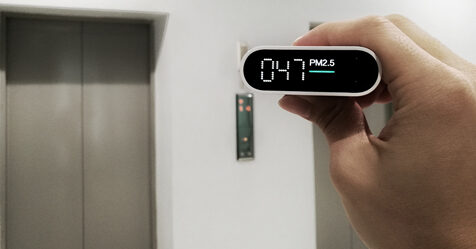Are you a cleaning industry professional who dreads writing performance reviews for custodial team members? If so, performance reviews can create an open dialog between managers and employees.
Through performance reviews, you can work as a team to identify any barriers that the employee may be experiencing, and identify ways to overcome those barriers so the employee can meet performance expectations.
Unfortunately, the performance review process is not flawless, because there are common problems that can occur. Here are a few common ones:
Bias
The evaluator allows his/her feelings about an individual to influence the assessment.
Stereotyping
The evaluator classifies an individual to a group that he/she feels shares specific characteristics, and will rate the individual according to this assumption.
Distributional Error
The evaluator rates every employee the same, despite actual performance.
Proximity Error
The evaluator gives an individual the same rating for two different pieces of criteria that fall close to each other on the review form.
Similarity Error
The evaluator rates individuals who are similar to themselves higher than those who are not.
Recency Error
The evaluator uses events that occurred during the last few weeks or month to rate an individual instead of rating that person based on performance for the entire review period.
Halo Error
The evaluator focuses on one area/function in which the employee is strong or deficient and rates him/her similarly in other areas, even though this is not reflective of performance.
Attribution Error
The evaluator takes note of a single event that occurred with the individual and assumes that he/she reacts or performs in this manner on a regular basis.
How can organizations address and avoid these problems? There are two potential solutions: training and using multiple performance review evaluators for each employee. These additional evaluators may be other managers or peers who regularly work with the employee.
Training Performance Review Evaluators
It is important to train evaluators on common problems that occur during the review process and how to avoid them. The goal is to reinforce objectivity during the review process; evaluators should base ratings on actual performance, be cognizant that individuals will have both strengths and weaknesses, and should rate them accordingly.
Preventing Errors
Having multiple raters will minimize the impact of an error during the review process. In the event there is still an issue with errors, then you may consider revising the performance review form. Important factors to consider when reviewing your form include the following: Be sure that your form has multiple criteria in order to accurately measure performance; minimize the use of trait-based criteria to avoid subjectivity; and check for job relatedness.
Setting Up for Success
Performance reviews are never easy. However, following these tips will help to ensure your performance review process is fair for employees, while providing an accurate assessment of their work for your organization.


